22 May 2010
How Long is Now
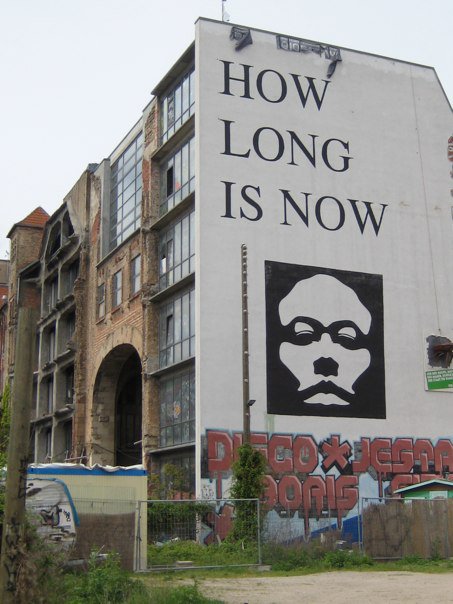
My associate and I walked up the stairs from the lobby of Building One, the former Headquarters of the most fully developed police state in the world.
At its peak, the MfS had more than 90,000 officers, twice that of Hitler’s Gestapo, and as a ratio against the population, three times more presence than the KGB. If you can infer anything about the popularity of the regime by the means deemed necessary to preserve it, Stasi was a historic piece of work.
The building was not designed as a museum. It was a functioning interrogation center as well as the office complex for the most powerful man behind the First Secretary in all the DDR. Erich Mielke. In the stairwell between the two wings of interrogation rooms were strange displays of the tools of the trade of terror.
If you have seen “The Lives of Others,” the marvelous Oscar-winning film about the surveillance of an East German intellectual, I need go no further in describing what is in the jar. In one of the opening scenes a confident young man is detained and in the course of a few scenes is reduced to a puddle of fear and anguish.
The detainees are made to sit on removable cotton pads to collect the perspiration of the victim. The name was written on a label for a hermetically-sealed glass jar, and the sheet was kept in the vast archives. Stasi had other ways of collecting the signature scents, sometimes by breaking into a home and taking parts of garments. The most common garment collected were underwear, which is logical enough if somewhat unsettling.
The sign said the collection process was so the police dogs could hunt you down with alacrity should the State determine a need to do so.
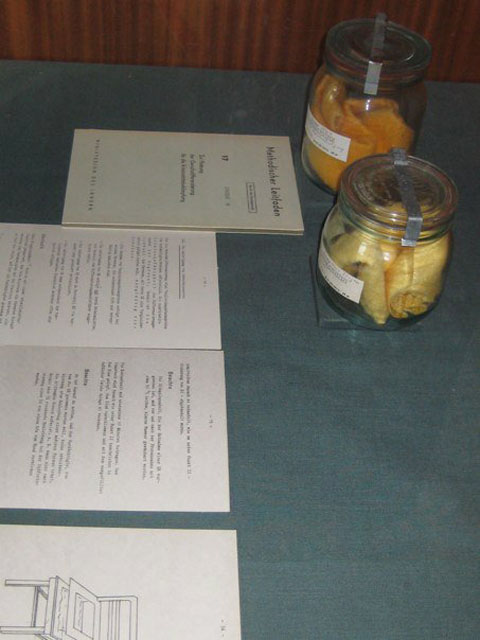
(Two Jars with Aroma Pads, second Floor landing at Building 1)
I am not pointing fingers at anyone, mind you, but I was reminded powerfully of my last polygraph and the requirement to sit on a sensor to ensure that I was not clenching my sphincter in an attempt to deceive the interrogator- sorry, Polygrapher- but never mind.
Theirs was an evil system and ours is just careful.
The banality of evil went on through galleries in the old interrogation rooms. Displayed were uniforms of he Security Services, cameras concealed in bad neckties, cigarette boxes, oil drums and tree-trunks. Pin hole cameras for full-room surveillance and AK-47s hidden in luggage. Diagrams of special collection vans and techniques for surveillance.
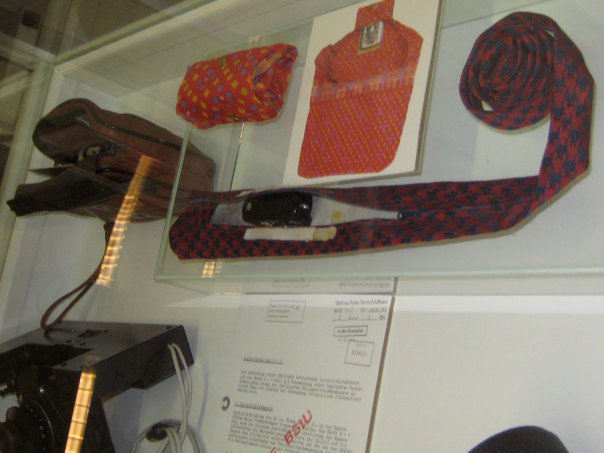
I was in a business that had some of these features, and it still boggles the mind. My associate took it all in- she could read the descriptions while I had only a rudimentary idea of the commentary that went along with it.
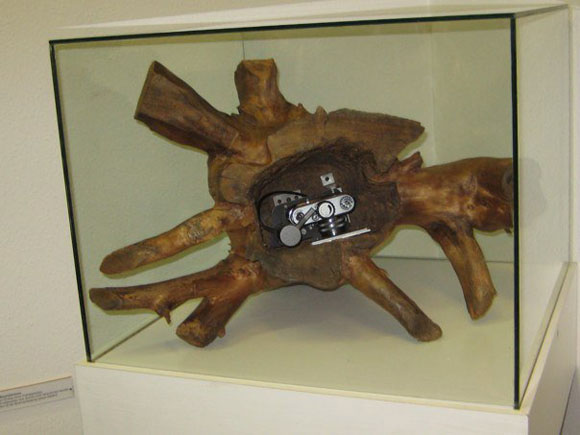
All I could imagine was that nothing whatsoever was what it appeared, and that life in the DDR was a sham from rising to sleeping. One cartoon seemed to suggest how strange it all was. A pretty girl, wearing a two-piece bathing suit is pulling on a whole new skin to imply she is nude.
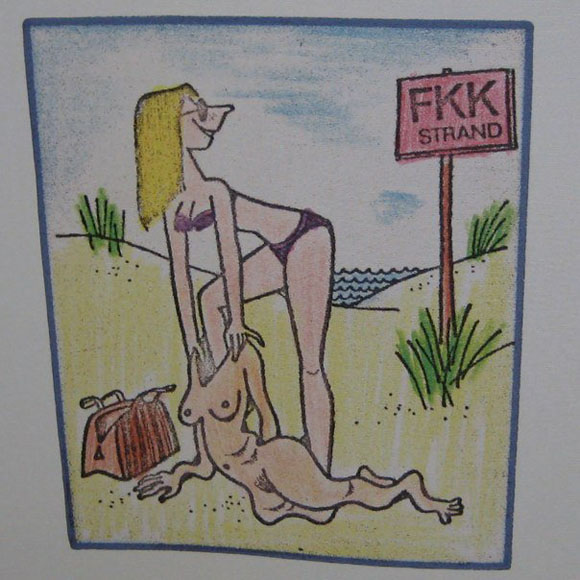
I have no idea what it means, but it suggested a sort of gallows humor about an organization that conducted secret executions by guillotine, and answered to absolutely no one at all.
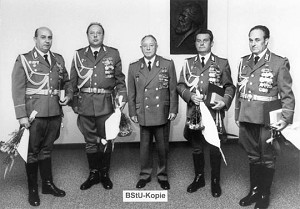
(The Stasi Top Brass. Director Mielke in the middle)
That was all a set-up to the third floor, which was stunning. The Director’s Suite is unchanged from the moment in 1989 when Stasis ceased to exist. Erich Mielke's offices remain as if the bastard had just stepped out for a pilsner. The decor is euro furniture of sixties vintage. The art is boring. There is a reception room with a TV set; an intimate executive cafeteria; the offices of aides de camp Colonel Heinz Volpert and Secretariat Director Major-General Hans Carlsohn.
The conference room was the best. It could be any business or government activity almost anywhere. It is not. It is the place were the fate of millions was determined. A giant map of Germany- the whole Germany- is on the wall. My associate gazed at it, complete with the district offices and networks of the police state directed from this very room.
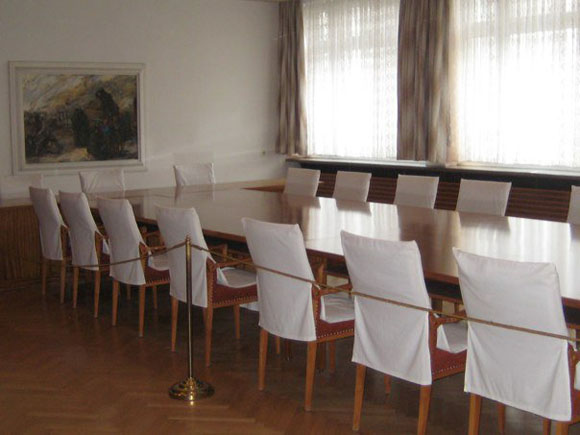
(Conference Room, third floor)
I was stunned by the ordinary. Amazed at the nondescript. Overwelmed by the absence of emotion in it all. Diector Meilke’s white dress uniform hung in a closet, ready for a night at the Staatsopera.
We stumbled through the fourth floor, which was devoted to the mass civil disobedience that ended the reign of terror. It was extraordinary in impact, but I could not free myself from the prim horror of the offices below me, far more frightening than the sample jail cell recreated next door.
The end of Stasi was a curious thing. It is said that the guards here in the compound did not shoot at the crowd because there were too many Stasi officers mingled in with them in an effort to deflect the crowd from the halls that held the sensitive records; there were West German security agents among them, trying to find exactly those papers, and CIA officers hoping to get custody of Soviet materials.
To a degree, they all succeeded.
There was far more in the archives than could be shredded, and over time, much came out. Even the shredded documents could be laboriously recreated, and breakthroughs in technology may enable the process to be automated. Perhaps prosecutions can still be made while the perpetrators are still alive.
My associate had a much better handle on what was going on than I did. We walked down the stairwell to head back for the U-bahn.
She said: “You know the former Stasi members had their own benevolent society, the GRH? They are still trying to intimidate people, and provide an “alternative voice” in the public debate on the legacy of the DDR. They want to shut down the museum and they show up memorial services and public events.”
“With the current wave of what they call “Ostalgia,” I said, “They certainly appeal to a yearning for the old days of security and total employment. Do you think they might succeed?”
My associate shook her head thoughtfully. We walked away from Building One in silence. Evil is so crazy, and so ordinary.
“Thank God it all fell down,” she said.
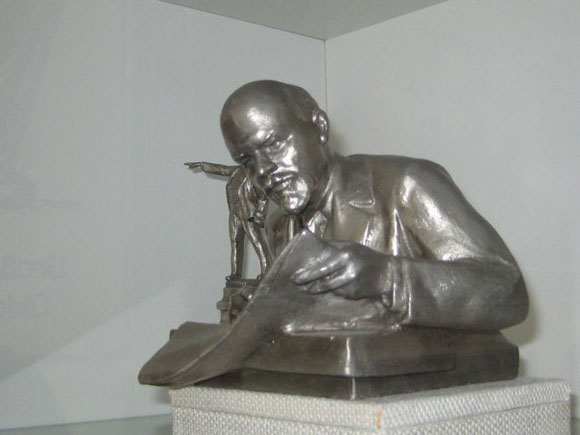
Copyright 2010 Vic Socotra
www.vicsocotra.com
Subscribe to the RSS feed!